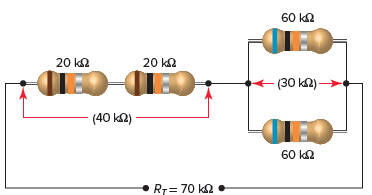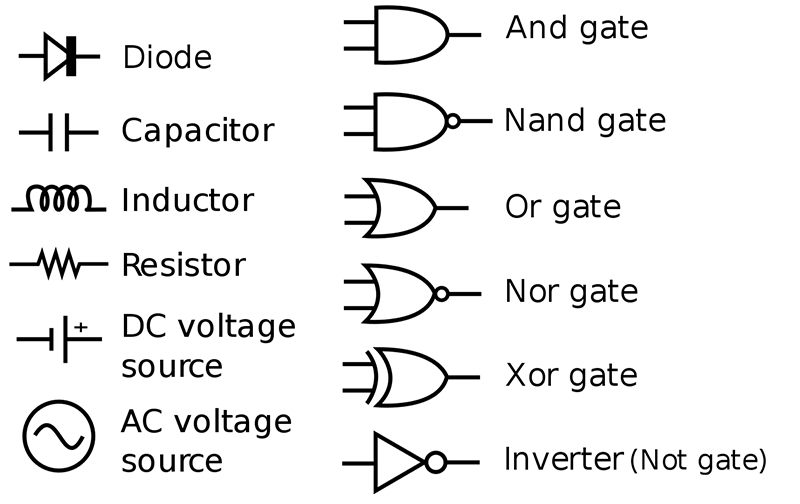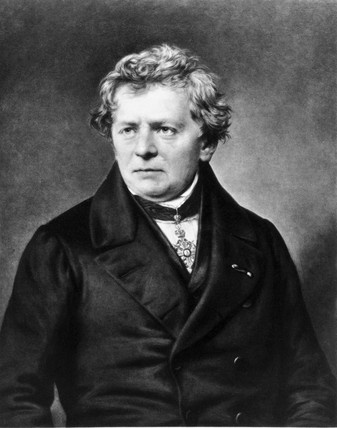Series and Parallel resistors
Two-terminal components and electrical networks can be connected in series or parallel. The resulting electrical network will have two terminals, and itself can participate in a series or parallel topology. Whether a two-terminal "object" is an electrical component (e.g. a resistor) or an electrical network (e.g. resistors in series) is a matter of perspective. This article will use "component" to refer to a two-terminal "object" that participate in the series/parallel networks.

Figure:Series-parallel connection of resistors.by electricalacademia.com
Series Resistors
The total resistance of resistors connected in series is the sum of their individual resistance values.


Parallel Resistors


The total resistance of resistors connected in parallel is the reciprocal of the sum of the reciprocals of the individual resistors.
For example, a 10 ohm resistor connected in parallel with a 5 ohm resistor and a 15 ohm resistor produces 1 / 1/10 + 1/5 + 1/15 ohms of resistance, or 30 / 11 = 2.727 ohms. A resistor network that is a combination of parallel and series connections can be broken up into smaller parts that are either one or the other. Some complex networks of resistors cannot be resolved in this manner, requiring more sophisticated circuit analysis. Generally, the Y-Δ transform, or matrix methods can be used to solve such problems.
Main article: Series and parallel circuits
Copyright Notice:This article is an original article, the Copyright belongs to Autaba Welcome to share this article, Please keep the source for reprinting!

